Leaderboard
Popular Content
Showing content with the highest reputation on 03/23/2021 in all areas
-
15 points
-
Hello detector-prospector friends, I had the honor to interview the finder-family of the legendary "Ambrosha-Nugget", found 1983 in Sierra County, California. Enjoy!8 points
-
Dam Aussies wont let me in yet......... bugger all... Starting from Big Spring TX (dust storm central today) and heading west on I-20 to I-10 then thru New Mexico and im pretty sure I will be slowing down as I go thru AZ----- then either on to LA via Rand quad or sweep up thru Vegas and on to, tri-tip Luckys Cold Springs Hideout---- then take a left over the pass and on in to Porta-toilet where Sourdough Scott hangs out so i can pick up a jar of relish!!!!!---- next would be a refreshment stop in Quincy area to see a few old mates---- then on the Redding area, and over the hill to Eureka- then North to Alaska..... YOU HAVE ALL BEEN FORE-WARNED..... use your due diligence to decide if you want to be in those areas.....hahahahahaha.🤣😂🤠8 points
-
Mr. VAPaul; Please wear your mask when you pass through. I'm not concerned about a virus but your mug scares my horses. keep me posted on your journey.7 points
-
This is for novices and the things covered are basic, but very important. I even need to remind myself of this stuff now and then. We all take it so much for granted, that things like loose cable near coil rarely are mentioned on the forum. And coil control? Probably one of the most important factors in success for successful detectorists. People obsess over a detector getting another inch, when so many people could get that just with better coil control.6 points
-
I simply couldn't stand seeing CVIS-Chris post all his escapades. And he's so rude (even though he's within 3 hrs. of me) that he won't invite me and Elbert along. 😂 So I had to go out and plunder some of my own sites 🤣 Got this 1787 2 reale, and this 1834 Large Cent. My buddy got a small cuff #27 on this trek. This was from a site that had previously given up some other reales, PB's, early seateds, etc.... I know I can't steal the celebrity status from Chris, but it was Fun fun fun !6 points
-
Here are higher resolution photos of the GPX 6000 in each of its three configurations - 11" round mono coil, 14" round DD coil, and 17" elliptical mono coil. Click or double-click photos to access largest version for a closeup look. Minelab GPX 6000 Data & Reviews Minelab GPX 6000 Accessories and Spare Parts Minelab GPX 6000 detector with GPX11 coil Minelab GPX 6000 detector with GPX14 coil Minelab GPX 6000 detector with GPX17 coil Minelab GPX 6000 detector display and controls Minelab GPX 6000 detector rear detail Minelab GPX 6000 detector box cover5 points
-
Finished up the farmhouse I started yesterday, I know I'm finished when there are nearly no signals in two+ passes. I will hack around a bit just to be certain. Today was padlock day, got two and a possible third. The brass lock marked Red Cross was found when I went to an area that was not fully covered on a hunch. It has a unique back, they call it a Maltese Cross but since this house was standing in the 1860s I think it might be something else. 🤔 Fairly common lock but none for sale recently. The other is a Slaymaker "Old Guard" with the shackle long since rusted away. Can't find any info on it. Giant piece of plumbing marked Wilson MFG Co. Looks like maybe a closet rod holder or maybe a sink trap? The rectangular object next to it appears to be part of a third lock, it is only half of it. Shield looking thing looks like it was attached to a rod, no clue. Interesting find is the large rimfire cartridge, looks to be over 40 caliber and has two opposing rim strikes. It is marked US. And last, 1935 wheat penny. Not an epic day but at least I found some stuff worth showing. It will be my last for a bit, farmers are putting down lime and fertilizer, and I am going to spend a few days getting my RV ready for a trip. Taking the Equinox (and my wife) to the shore! 😀5 points
-
Was out hunting a big field which has coughed up some decent finds over the last two years. The property has history from the 18th and 19th century. The day was pretty much a bust until my last signal a 55-56 on my MK, I thought it was an indian head penny because the numbers were close. Low and behold when I popped the plug I saw what looked like a hammered silver coin, Very thin, odd shape and then nope!!! What I found is what I thought to be a watch case back, But looking at it closer it seems to be a piece of jewelry? I also noticed stamping marks. So my problem is the odd numbers for silver. The item mic's at .035 or 1/32'' thickness, .945 or roughly 15/16'' long, .780 or roughly 3/4'' wide. It weigh's 2.65 grams, A silver dime weighs 2.38 grams. It has two stamped #13's on diagonal locations, And remnants of prongs for holding a stone. I did a little research and found the 13 assay mark could be German or Finnish, Pre 1886, In a roughly 800 purity. Question is does an 800 purity drive the numbers down. I ran tests with every weird metal and foreign coin I own and can not replicate these solid numbers. It looks like silver, feels like silver, weighs like silver. But I have my doubt's, Anybody have any clues? Not sure how to do a specific gravity test without it costing a lot.4 points
-
4 points
-
Relic hunting in my old 1850’s military site, not much found, lots of modern trash and clad. I did manage to dig a big piece of iron just to get it out of the way and glad I did. Happened to be this old straight edge shaving razor from the mid to later 1800’s. Look close and you can see the brass hinge for the long gone wood guard. Checkout the link for more pics.... https://forums.tarsaccisales.com/forum/4/glad-i-dug-big-piece-iron Aaron4 points
-
I was playing around last night doing air tests with the 5x10. I told you in an earlier post about the wheat penny I dug around 8" and it did tell me it was there. That was ok but the signal was very weak and that bothered me. I run 7 on my recovery speed pretty much all the time and have no problem digging coins 10" with the 11"coil. What I found with the 5x10 is that it likes a recovery speed of 5 and that increased the depth right at 2" more. A 4 recovery speed didn't help and actually I don't think was as good as 5 which seemed to be the best. I got a barber quarter with it last night but it was only about 5". First silver with the 5x10. I'll keep hunting with it and see if that 5 recovery speed can get me a deeper coin. Just a little more info on the 5x10. Tom4 points
-
I made it out in the lake for the first time yesterday this year. Also fist lake hunt w the BEAST coil. I had it on video but unfortunately lost it in the attempt to free up space in my CRAPPY iPhone! This lake is often POUNDED by the locals and finding anything in the off season is DIFFICULT. However I managed to find a BEAUTIFUL 1936 BUFFALO! I’ve found Buffalo’s here before but not in this great of shape, as it was probably lost not long after it was minted. It was down around 10”, and mixed w iron. Lots of iron in this old lake. Aaron UPDATE.... thanks to my daughter, LOL I have recovered the video to this hunt and will edit it back together.....soon.4 points
-
4 points
-
SG test is pretty easy if you have a scale with sufficient precision (i.e. enough decimal places on the grams setting, which for this piece is 2). 1) weigh the piece by itself and record the result (in grams). 2) make a sling to hang the piece. This could be wire (but make it as small diameter wire as possible) or thread. (Don't use string since it will absorb and wick water.) Make a hangar that sits on the scale and extends below the scale. Think clothes hanger upside down. 3) put the hanger on the scale with sling attached and the item (your jewelry piece) in the sling. Zero ('tare') the scale. 4) from below bring up a container of water and raise it until the item is completely submeterged (but not touching the bottom or sides of the container). The scale will read a negative number. That is the buoyant force and since the medium is water, the actual volume of the suspended piece in cubic centimeter units. 5) divide the result of step 1 by the result of step 4. That is the density in grams per cubic centimeter or grams per milliliter. It's also the specific gravity (unitless quantity). (Don't be concerned by esoteric arguments of the difference between density in g/cc and specific gravity. That's for snobs to nitpick over parts per thousand which are buried in the measurement uncertainty -- and the snobs aren't even aware of that!) I assume the pieces wasn't much corroded or you would have told us. I don't know how much affect on target-ID 80% silver would have compared to 90% or 92.5% but I'm sure our European members do. I look forward to others chiming in on that. Looks old to me, but I've been fooled before.4 points
-
4 points
-
4khz, 23 sens. Was honestly looking to dial down bc it was just too chattery. I'm in Loudoun county Va, found about 25 feet from a riverbank4 points
-
Look inside the 5000, 6000, and 7000. There is no effort at all to design for drops, such as shock absorption. Even just $0.25 rubber standoffs to isolate the circuitry from the exterior housing are not used at all. The circuit boards themselves do not contain anything particularly delicate or expensive. It appears the design philosophy is simply let it break and because it's cheap enough to put a new board in to fix it. It was brought up that the 6000 uses more delicate electronics than other stuff which is drop rated, but I cannot see this as the being the case from what components are visible in the FCC docs. But I didn't feel it was particularly important to press the issue. Reason I'm bringing it up again is I just happened to see this post right now, after earlier today reading and watching documentation on a much, much more delicate and sensitive device - the X-Met 8000 XRF gun. It's drop rated for 6ft though, repeatedly. And then just now I got my mail and received a thermal imaging camera (again, more delicate than a metal detector) and saw that it was also drop rated for 6ft as I was reading the specs. I felt as if it was kinda implied I (or others) was ridiculous for saying I drop my GPZ from a foot or two commonly as I dig hundreds of holes a day and walk up and down steep, uneven terrain, canyons, etc where such drops should be expected daily. But I do not feel it's ridiculous at all to expect a top level metal detector - intended as a field tool in rugged terrain - to be drop rated for minimum 2 feet, and should be more like 6ft. If they can do it with a tightly calibrated XRF gun containing a glass Xray tube and a $6000 SDD that is so sensitive that it requires yearly calibration in a lab, or with my laptop, phone, or with a thermal imaging camera, they can do it with a metal detector and it's not ridiculous or strange at all to expect it IMO. People are not expecting enough if they think it's normal for a metal detector to break if you drop it a foot or two.4 points
-
A couple of weeks ago when the snow was still a foot deep, I decided to walk a local creek. I walked about an 1/8th of a mile and found some pretty unique items. The first was, what I think is an Axe head or some kind of utility item. The second is a strange rock that looks like flint. Not sure if this is the case or not. This little creek has a lot of Lenape and colonial settlement history. I wasn't going to post this because I thought, maybe it's not what I think, But the longer I thought about it the more I wanted to get some answers. I hope my fellow DP members can point me in the right direction.3 points
-
Hey!! at least I'm good for something....Right? I think those are great finds. The 2020 Penny is my favorite and the Bic pencil is #23 points
-
Alaska's gain our lost Paul. Here in Victoria the worst hit by covid19 in Aust. compared to a lot of Country we were lucky but not for the old ones in nursing homes. To-day Victoria has had 2 incubations free of Covid (24 day with no case in the state). The wife and I got the virus shot in the first roll out yesterday for the non essential health workers etc. Aust. is on the way to being immuned with the vaccine in a few months, so keep some leave up your sleeve as Alaska is not suitable for thongs.😀3 points
-
We're well beyond the Equinox 900. Now that ML raised the price to $949 MAP, I think we're talking the Equinox 950, now.3 points
-
Hi Tom... We were in the big city of Fresno and bought a Curio Cabinet with a locking door and felt seal. I will keep all of these finds in a group and well documented as to location etc. We are just waiting for it to be delivered then I will attempt a tasteful set up.3 points
-
So about that meet up we were discussing via PM, still on the table?...lol. Congrats. You got most of the denomination bases covered there. Really rare to get a spill like that because that is not something that would easily escape being picked up by just about any detector whose coil crossed over it. Silver is the first thing that drys up at a site that has been hit by detectorists because it is so easy to differentiate from junk. So that is really is a once or twice in a lifetime single day haul, these days. Savor it because it is going to be hard to top. BTW - I would hit that spot hard because there could be more silver and possibly a more difficult to detect target lurking there, a small denomination gold coin or two. Field 2 or Park 2 is probably your best bet because they are higher frequency weighted and better for picking up gold and other mid-conductors like brass and lead. If I had the Nox 800, I'd also consider gold mode or 20 or 40 khz single frequency. Good luck!3 points
-
Easiest way is a acid test kit. Looks like lower grade silver that was struck. There is a rim edge on either side. If the 13 is a purity mark then it must be some sort of decorative plate. Maybe to a clasp to a satchel or something along those lines.3 points
-
3 points
-
3 points
-
3 points
-
I was in a schoolyard searching for old coins when I got a 20-21 hit (zinc penny zone) but also a weak signal (5 bars on the Equinox 'depth' meter). Since Indian Head pennies and early Lincolns can TID there, weak signals are always worth digging. About 5 inches down out popped a dirty piece (metal?) which felt light, so not lead. At first I thought it might be melted aluminum but it sure doesn't have the right shape. It appears to my eye to be naturally formed. After arriving home and washing it off it still looked natural so I did some more investigation. Here is what I found: 0) non-magnetic (Nd super magnet used for this test). 1) specific gravity measured (by water offset method) at 2.65. That may be a tad bit low since I didn't correct for the buoyancy of the wire bale that I used to hold it in suspension. So let's say 2.70 +- 0.10. 2) left a grayish (possibly olive green) streak. It was not as dark as a graphite pencil streak but still quite distinguishible. 3) easily scratched calcite but not fluorite so Mohs hardness at least 3 and less than 4. 4) air tested dTID from 61 to 70 on a Fisher F75 (the zinc penny sweetspot is 65 so this is consistent with what the Equinox read in the ground). 5) gave a strong signal (up to 6" distance) on my White's TDI/SPP (TDI/SL sister) pulse induction detector with Miner John 5"x9" folded mono, gain = 5 (i.e. midpoint), ground balance off. I tested some other minerals of similar size: chalcopyrite, galena, pyrite, graphite, and lodestone (magnetite). Only the lodestone responded on the White's TDI, and only within about 1.5 inches of the coil. A copper penny gave similar response to about the same 6" distance from the coil. (Battery potential measured at 11.75 V.) I thought it might be the mineral chalcophyllite, but the hardness is wrong for that. (I have no idea if that mineral would give a signal on a PI detector.) AFAIK my area isn't known for copper minerals (or any minerals worth mining other than limestone and coal). Glaciers did bring down various rocks and minerals from (now) Canada and the Great Lakes (including fine gold, native copper, and small diamonds) so I guess that is a possible source. I haven't ruled out aluminum. An aluminum (alloy) beavertail pulltab gives a similar streak. But the specimen's density is low for an alloy and its hardness is low for pure aluminum (Mohs hardness of 2.75) even though pure aluminum has the right specific gravity. Any ideas on futher tests (besides X-ray fluorescence spectroscopy since I don't have access to one of those guns)? Try to saw it and look at the inside??2 points
-
The ground is mild. I buried a 14k gold ring 3.77 grams at 15", 14" then 13". Equinox 800 w/ 11" coil got a nice hit at 14" with coil raised 2". Neither would hit it at 15". Used multi tone Park 2 & Gold 1. Equinox would hit the ring in the single frequencies also. 40 khz was nice. Settings. sensitivity 24, 2 tone, recovery 4, iron bias f2 0. Anfibio Multi w/ Mars Discovery 13" would hit the ring at 13". 14" no hit. Setting, 20 khz, Sensitivity 92, Deep mode, 4 tone and 2 tone. Disc 6, tone break 0, isat 0. Anfibio w/ Nel Superfly 11x12 would barely hit the 13" ring. 14" no hit. I was surprised the Anfibio didn't go as deep as the Equinox on the gold ring. So with my test the Equinox is the best gold jewelry hunter over the Anfibio for my lakes by 1"+. Not a great difference. I will be hunting this summer in the lakes with the Equinox and the Anfibio will be my backup. I would like to know how the Tarsacci would do in this test with both coils. Would it be able to hit a gold ring similar size as the one I used in mild sand at 14"? I hope someone does this test and lets me know. A gold ring at 14" in a sandy beach is a tough test for any detector. For the Equinox to pass this test is impressive. Rick2 points
-
GB, I was thinking in the more pure form of tin. Back in the old days it was mostly used as a protective coating and also made tin coated sheet steel easier to solder. Being in historic restoration tin coated steel and such turns a grey color. Oh and it was banned a while back due to the lead content. I'm thinking we could go halfer's on a xrf gun? Even with the gravity test, the numbers just don't work. Seem's by the numbers it's closer to bronze. JCR, Not german silver, I tested 5 different pieces of stock I have when making knives. Good call though. Actually it was the first thing that came to mind for me. I like the way you think!!! $10,000 per person should get us a pretty decent hand held!!!! Including JCR2 points
-
I almost always wiggle off the target unless its a deeper target and them I'll use the pin point to verify the location is where it's supposed to be.2 points
-
Number one rule - need a peek at a fresh surface. Looking at exteriors of weathered rocks or other objects does not give a good enough look at what we are dealing with. Ive been a rockhound for ages, and first thing with anything unknown - break it. No such thing as native aluminum. But the big question - is it rock or metal? Shatters, or flattens? But just to look at it, it looks like a lump of weathered serpentine, greenish rock that weathers to reds and browns. Often mineralized, and might signal for being a difference in ground balance between it and background. In other words, a hot rock. Unless it is metal, then all bets are off.2 points
-
2 points
-
I think pure tin is soft (bendable) but what you have could be an alloy with mostly tin content. Most alloys are harder/stiffer (one of the reasons elemental/pure metals are alloyed in the first place). A lot of people (including detectorists) use the word 'tin' to describe steel cans, etc. coated in metal. In earlier days (e.g. 19th Century), tin was the coating. Just pointing out that you are referring to the element tin, not the common usage plated steel. Tin was a valuable metal a few thousand years ago because when alloyed with copper it makes bronze -- a sturdy alloy, more sturdy than brass which is copper alloyed with zinc. (Think 'Bronze Age'.) I don't know how many centuries that value carried over and/or if it was used in jewelry. But at this point I'd say you may be onto something. I wish those XRF guns were affordable. I'd be zapping ever detector find with it!2 points
-
Yeah 😄 How dare them have no standards. That's what makes me lean toward Adze. They only need one side grooved for that. Google the heck out of Axes and adze, using images and see which one it fits better as.2 points
-
Against my better judgment I did what I do not usually do, click on a detecting themed video link. Usually a waste of my time. I again was not disappointed. 7 1/2 minutes of detecting basics 101 regarding VDI stability and 15 seconds of Dilek literally only saying, "the next Simplex update is coming soon." Now I am a Dilek fan, and I am sure some Simplex users got some useful info re: target ID stability, but the very brief Simplex update mention lacked any context whatsoever in terms of specifics, so it's hard to say if the Simplex is getting better or simply getting fixed, who knows. The real surprise to me was how little info was provided. Would have been nice, Sven1, if you made it clear that nothing really informative was said about what is planned to be addressed in this mystery "coming soon" update. Would have saved me 8 minutes of my life I now cannot get back. Lol.2 points
-
Offer still stands, though my time here is running out; I'll be heading west and leaving all this history behind in just a few weeks. And yes I'm absolutely gonna hit that spot hard tomorrow; I was losing daylight today but i don't think that hole was finished!2 points
-
Just finished my second attempt at the heat shrink wrap. This time I used a hair dryer, perfect for this material. Stay away from flame lighters etc. Just wanted it simple and tidy. Perfect fit no issues. Kept the battery in the machine for over a month, naughty but I wanted to check for parasitic drain. None found. Next job was to run the machine until the battery was run down and then recharge. Then repeat a few times.. Again so far no issues found. Setup seems to work well. The heat shrink wrap was new to me, once I worked out that a hair dryer is best I was comfortable with the material and should only improve my technique. Important since I will be refurbishing older factory packs with new cells in the near future. Again giving the Tdi Pro a boost and longer service life. The issue of older battery packs is now much less of an issue for me since the idea of refurbishing them seems less of a challenge. We learn as we go along. Once I've fully tested the 5 x 18650 battery pack I'll consider making a second one since I've got enough spare parts and cells for the project. Two upgraded battery packs will provide the Tdi Pro modified unit with enough power for a full days detecting. So far so good, next step is to give her a good run out in the goldfields. All the best.2 points
-
Grooved on one side could be so the rope holds it in place. I don't think they had ISO standards back then... Very cool2 points
-
Never noticed until you asked. My modified Equinox (with S-shaft midsection and lower section both taken from my ML X-Terra 705) does in fact 'ride' balanced with the control pod up, not down.2 points
-
2 points
-
2 points
-
2 points
-
And finally, a year and a half after this thread started..... the GPX 4500 has been removed from the Minelab website. It is now listed on the discontinued products page as being discontinued in February 2021, so this thread jumped the gun by a bit. Note that Minelab services detectors for five years after the discontinue date. The clock is now ticking on the GPX 4500. The GPX 4500 at $2699 was a bargain entry point into PI nugget detecting, and I for one am sad to see the machine go. The GPX 5000 at $3999 is now all that remains of the old school Minelab PI lineup. Minelab GPX 4500 Data & Reviews Surprisingly to me at least, the X-Terra 705 continues as a current product. I'd have thought Equinox and Vanquish killed it off, but there is still sales life in the machine apparently.2 points
-
My second detector was an old TR Goldmaster, and I still have the Alaskan chestmount version of the machine. Right now I can buy something for $50 with more power. There is no point in investing in machines this old for any reason but to collect them, as literally almost anything made now outperforms them. A Nokta/Makro Pulsedive pinpointer would have better performance.2 points
-
PART FIVE: The gold specimens have been soaking in the Whink solution for around two weeks. To speed up the process I will be using baking soda and the steam cleaner. You will use a large amount of baking soda. I usually buy it at Wal-Mart, the last bag I bought was a 12 lb. bag and cost around $9.00. The baking soda is used to neutralize the acid and helps remove the host rock. The gold specimens that are being cleaned have shale as a host rock with limonite and other small amount of minerals that might be included. Shale and limonite is porous and soaking the gold specimens in the Whink solution for a period of time allows some of it to be absorb. There is no precise amount of baking soda I use for this next step. I normally fill about a half inch in a bottom of a container and mix it with water. I then take a gold specimen and drop it in the baking soda and then there will be a intense reaction which causes the shale, limonite and other minerals to break away from the gold. Depending on how much of the Whink solution was absorbed you will have a reaction with the baking soda for a little to a longer period of time. I usually change out the baking soda mixed water two to three times until there is no visible reaction with the gold specimen. The next step is using a steam cleaner and applying steam to the gold specimen. The steam cleaner generates about 212 degrees of steam and around 45 lbs of pressure. Using the steam cleaner removes some of the host rock and other minerals that has been weakened by the Whink solution. The results can differ from one gold specimen to another. If the result is not what you wanting to achieve, then the next step is another round soaking in Whink or acid of your choice and then repeat the process with the baking soda and steam cleaner. Also carefully using dental picks to help remove the host rock and other minerals can be used, but use them with extreme caution. Using Whink, baking soda and steam cleaner on these gold specimens especially the wire gold specimens I can achieve good results with minimal loss of gold and structure to gold specimen. Here are the before (specimens that were soaking in Whink) and after (using baking soda and steam cleaner) pictures: Gold specimens after soaking in Whink solution. Gold specimens after using baking soda and steam cleaner. Area that is circled is the loss of gold from the cleaning process so far. Specimen D needs no further cleaning. Part six I will show the results of another round of soaking in the Whink solution and using the baking soda and steam cleaner.2 points
-
The thing that stands out is that your piece is only grooved on one side? Or is it grooved on both sides? There are groups on Facebook that you could look over their finds, probably without joining (hopefully) and see what they have found. Maybe there is something similar posted there. Keep looking at that spot you found that at. Where there is one artifact, there are usually more.2 points
-
And here’s me going back to a stock battery......well not quite....it’s a 3 x 18650 setup @ 11.1v. In another thread, I mentioned the super hotspot on my TDIBH board when running the 14.4v battery which got me worried. Being sealed up, there's probably less opportunity for the heat to dissipate. Even when opened, the hotspot was severe.....couldn’t touch it for more than a second or so without burning a finger. My depth results were a maximum increase of 2” over the stock battery. In fact, my current 11.1v Lithium setup sits in the middle (depth wise) between the stock battery and my retired 14.4v battery so I’m more than okay with just the 1” drop. Regards, Tony1 point
-
Sorry we missed you guys while we were there. Appreciate the tip on the meteorites. I'll remember that one. Rich1 point




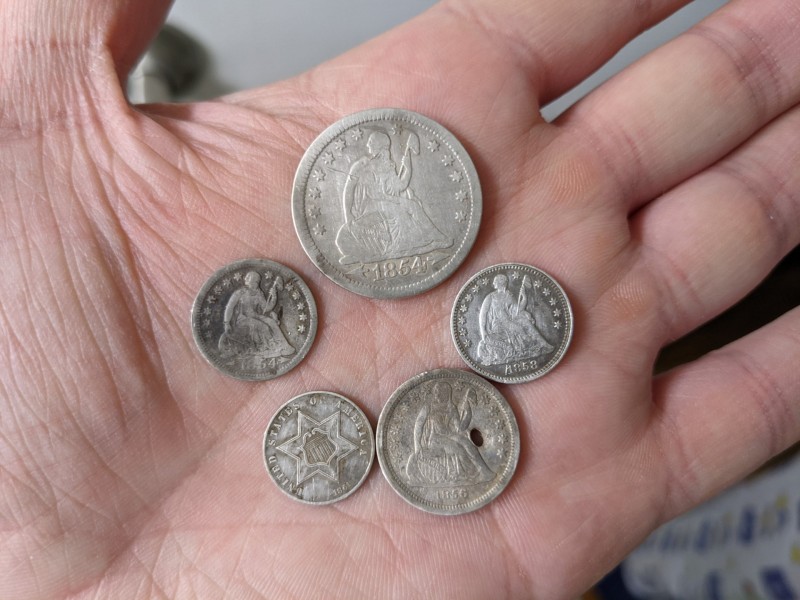


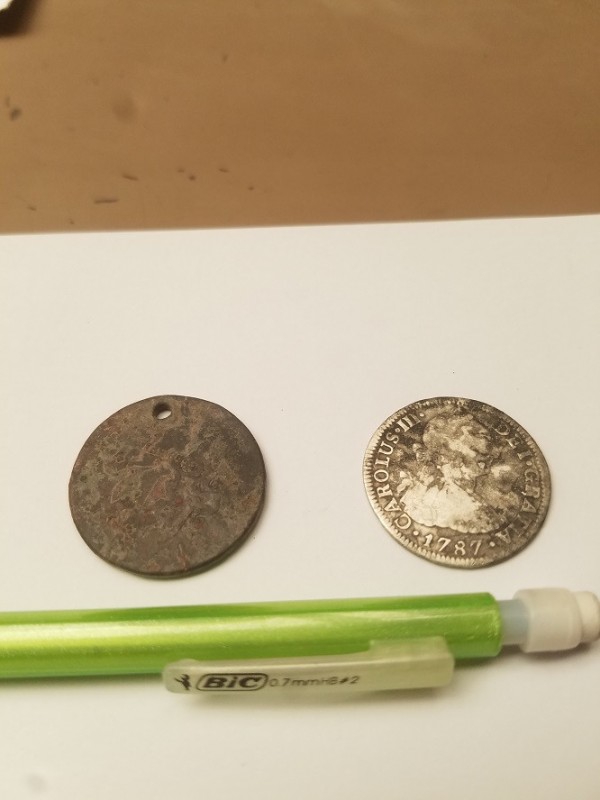
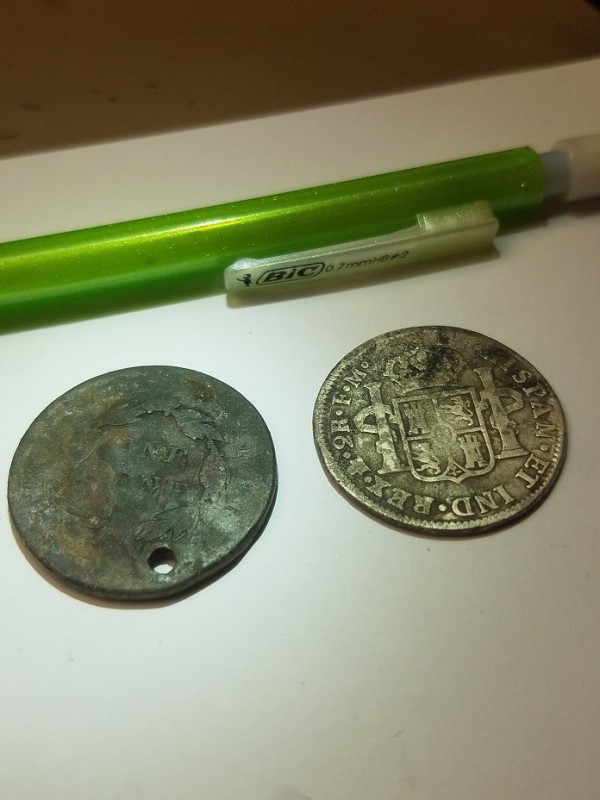
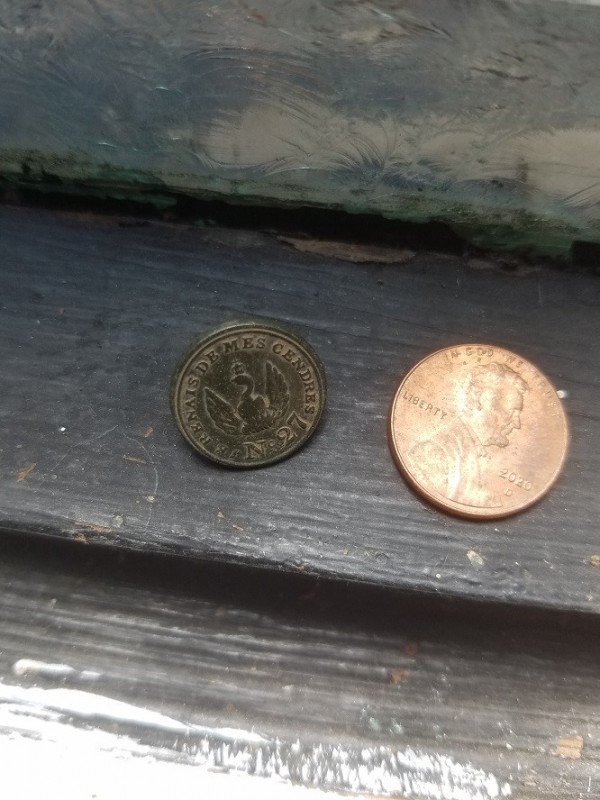
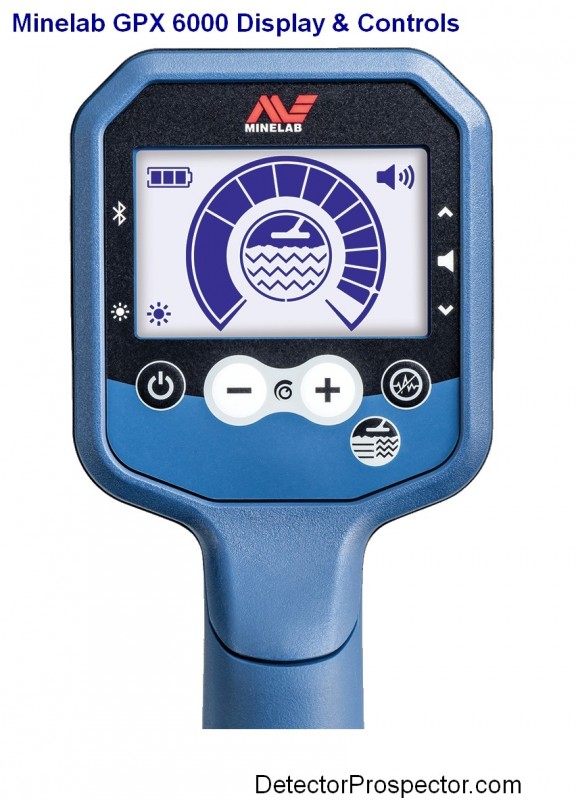
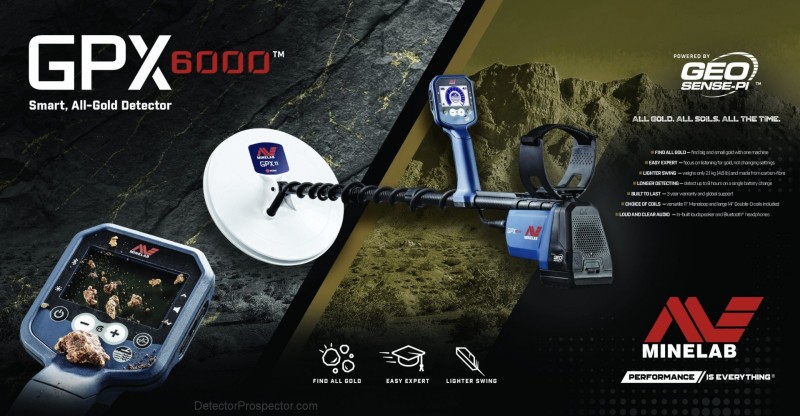
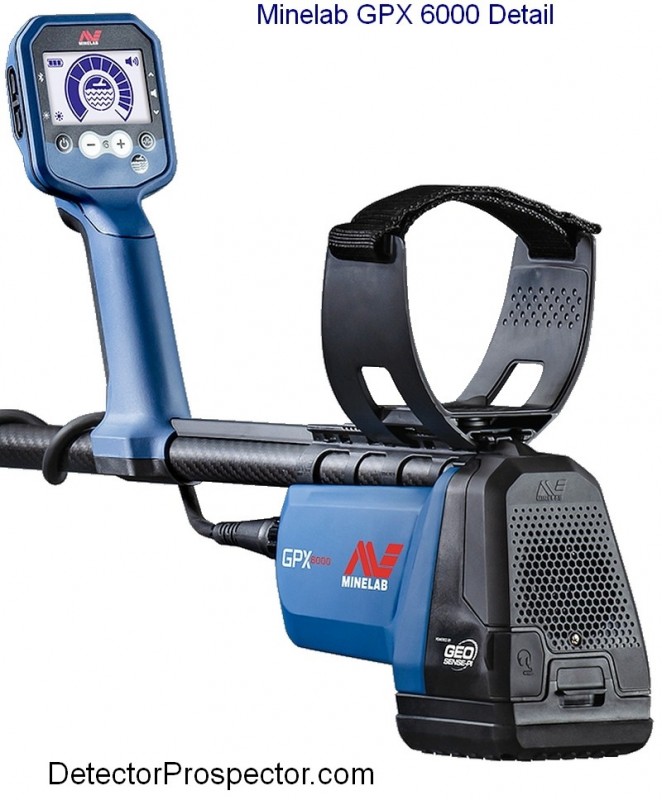
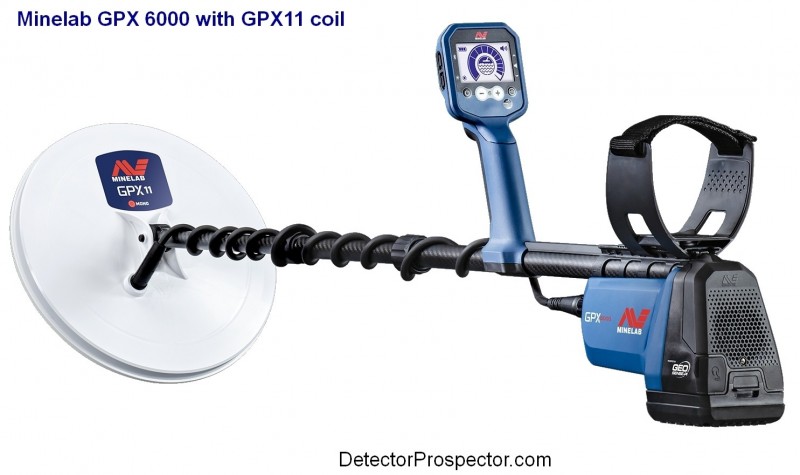
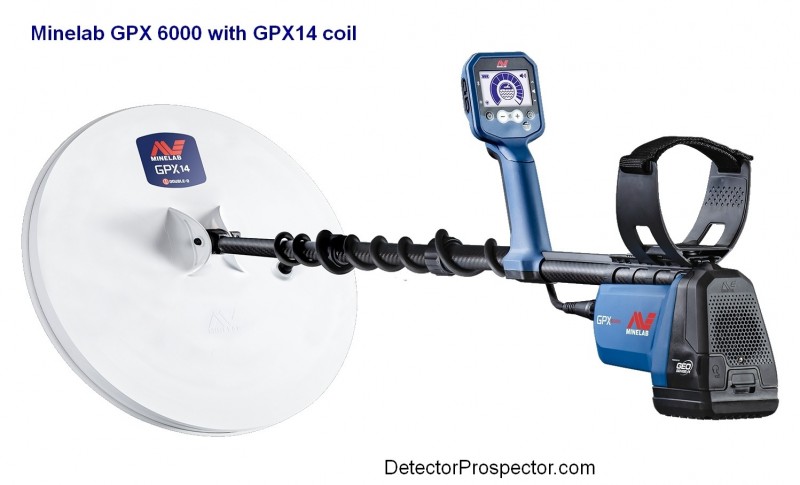
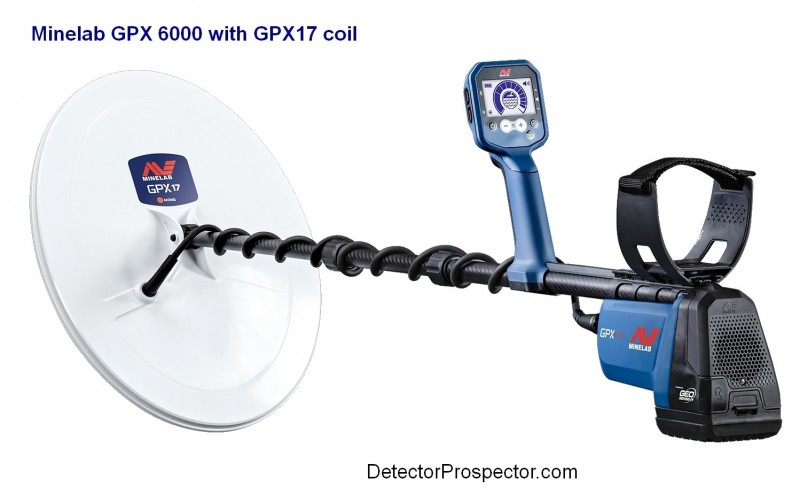
.thumb.jpg.8761b3d9b3da119b9e6d1912f67275ad.jpg)
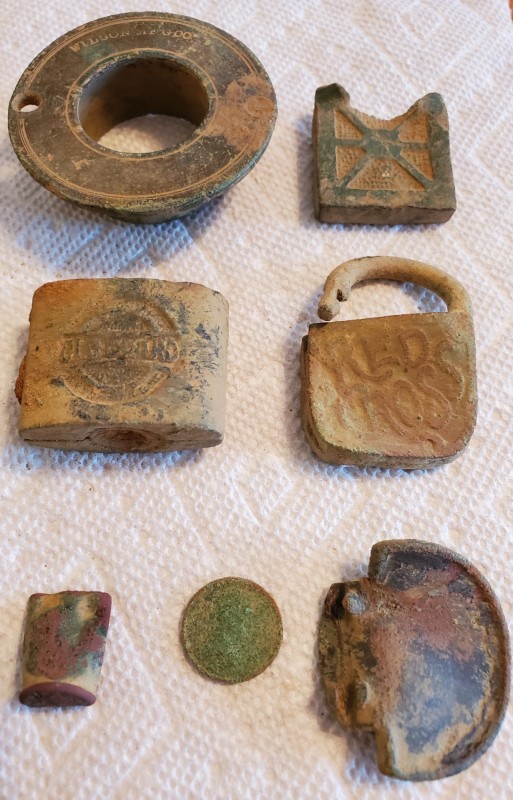
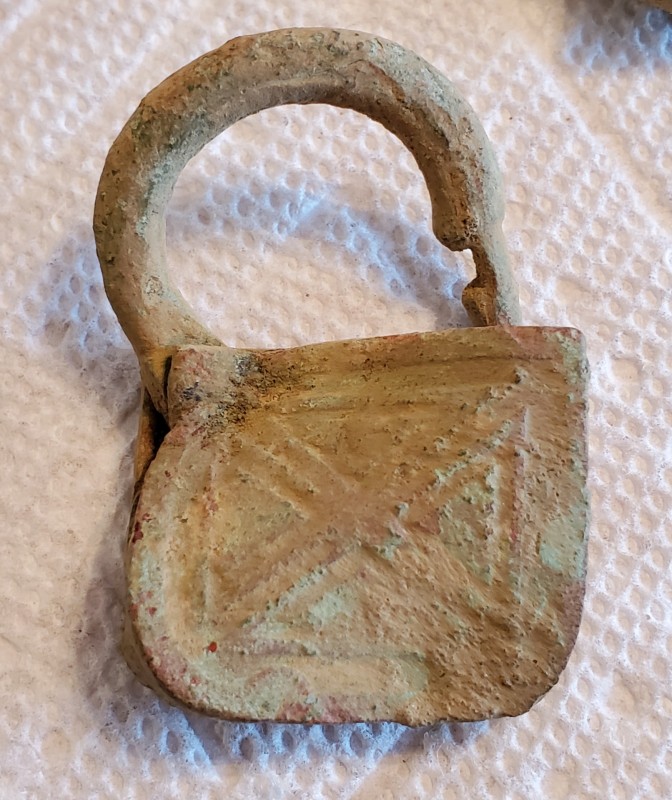
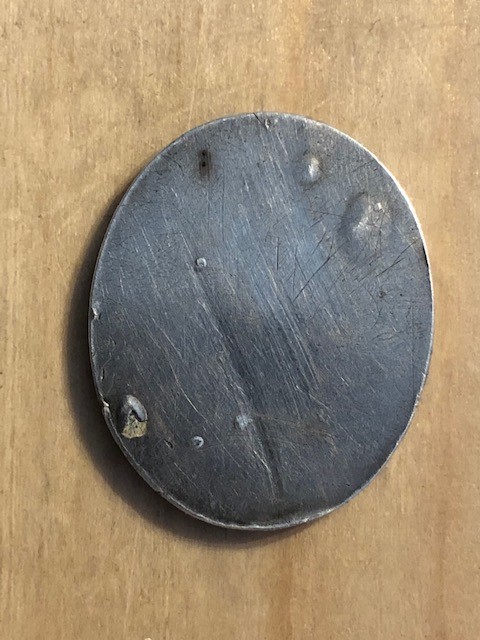
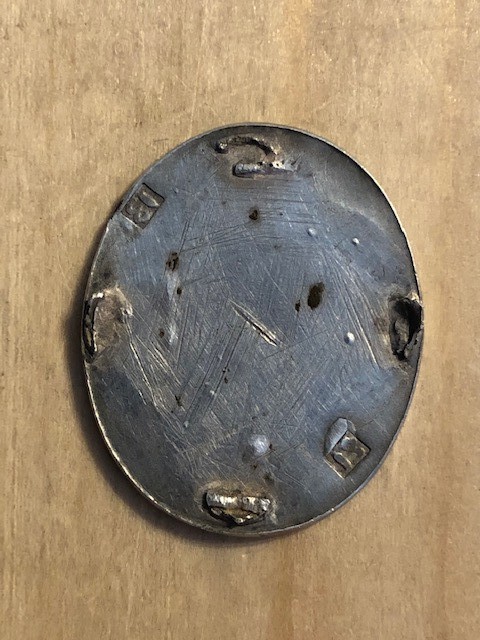
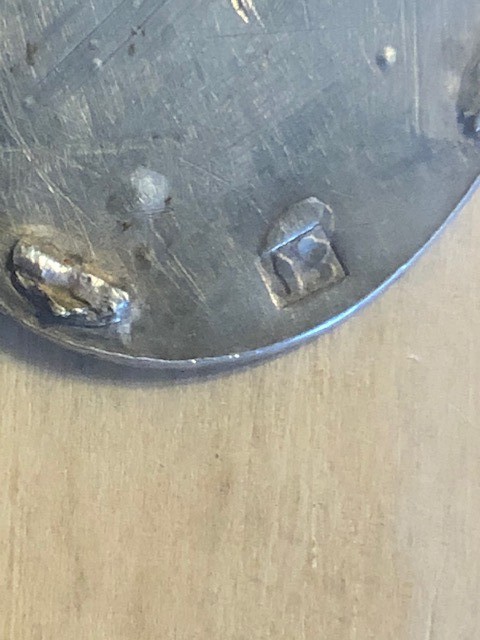
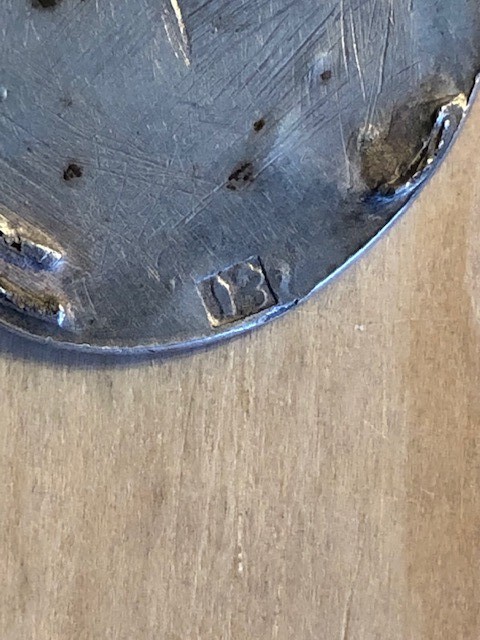
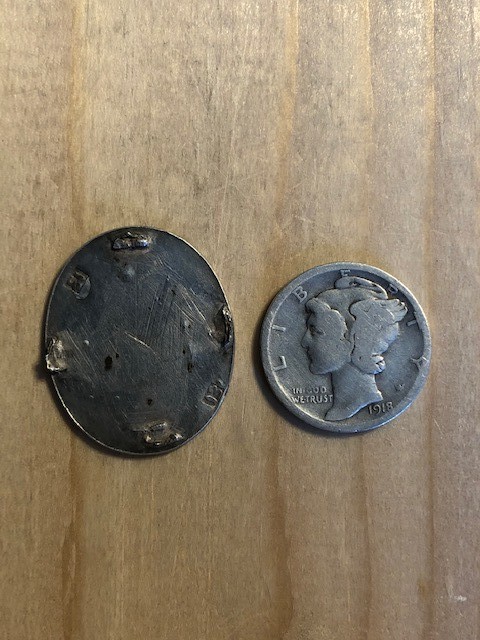
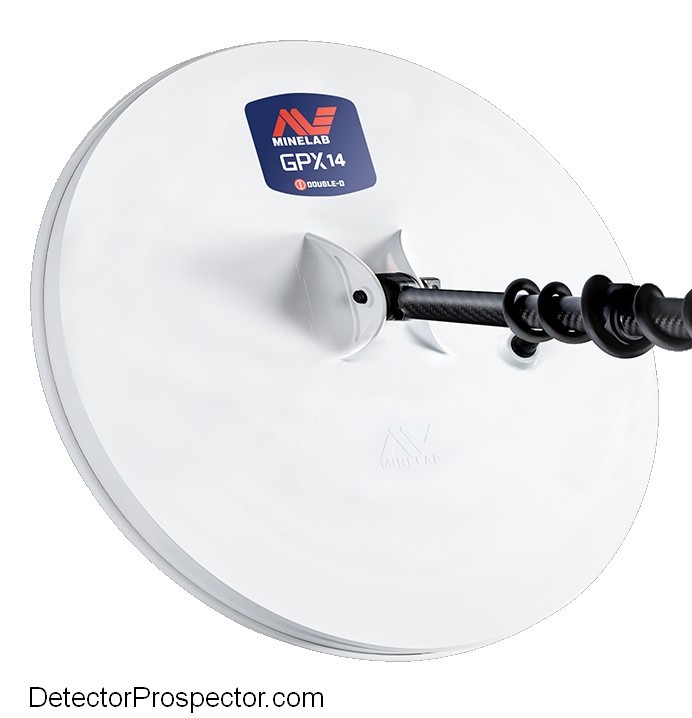
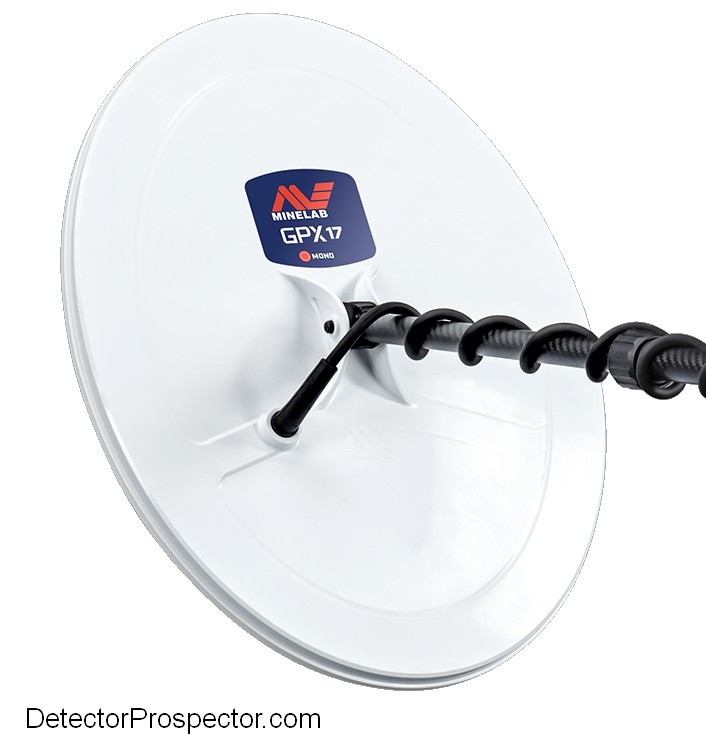
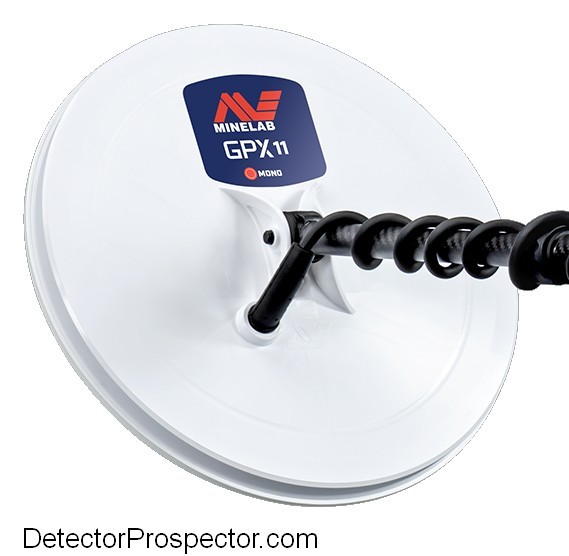

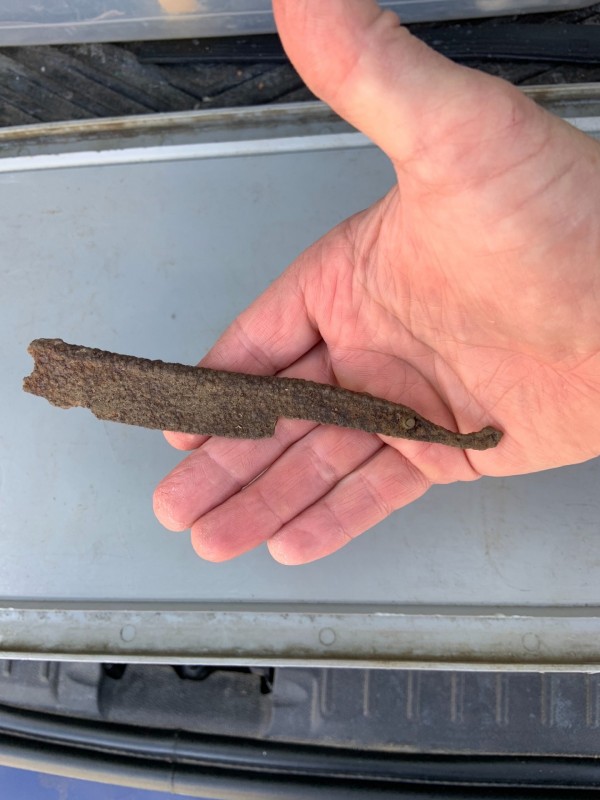
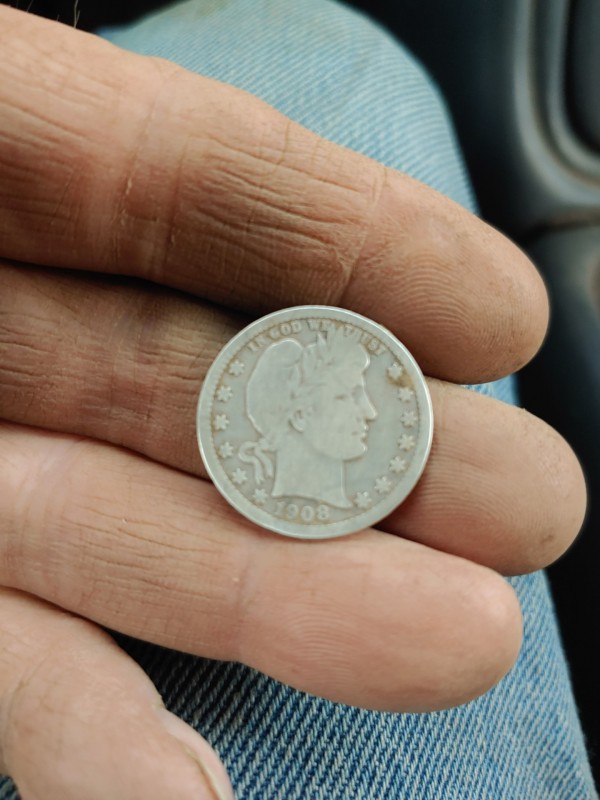
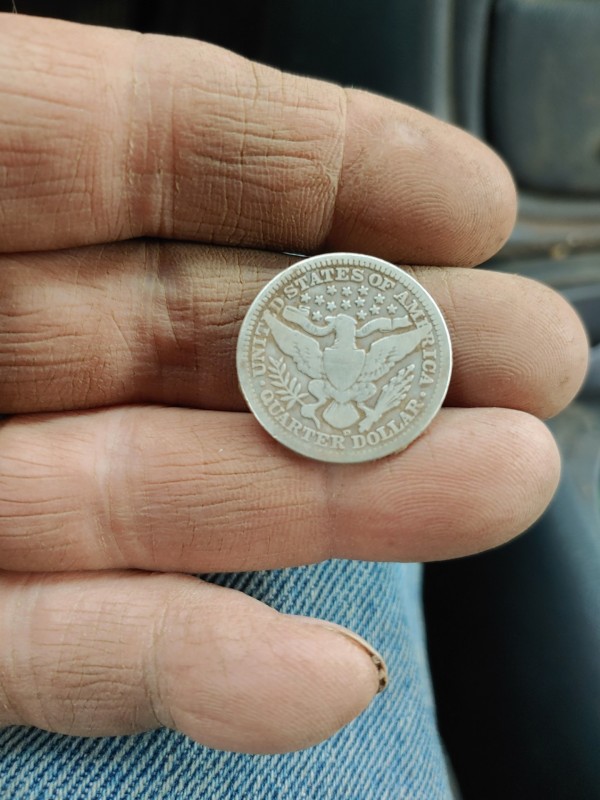
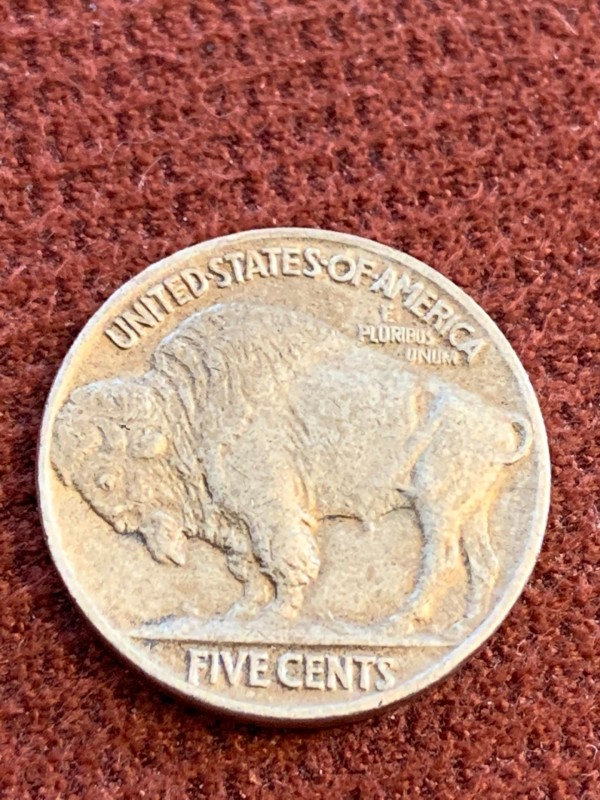
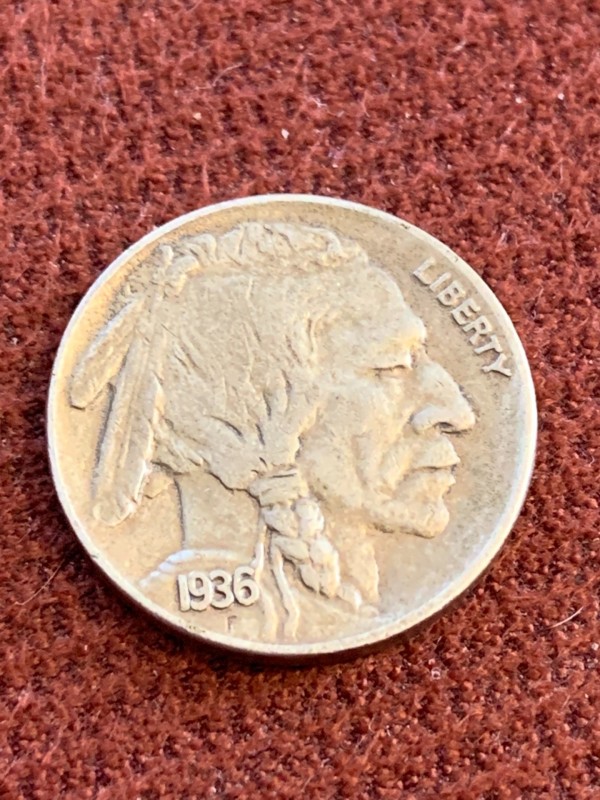
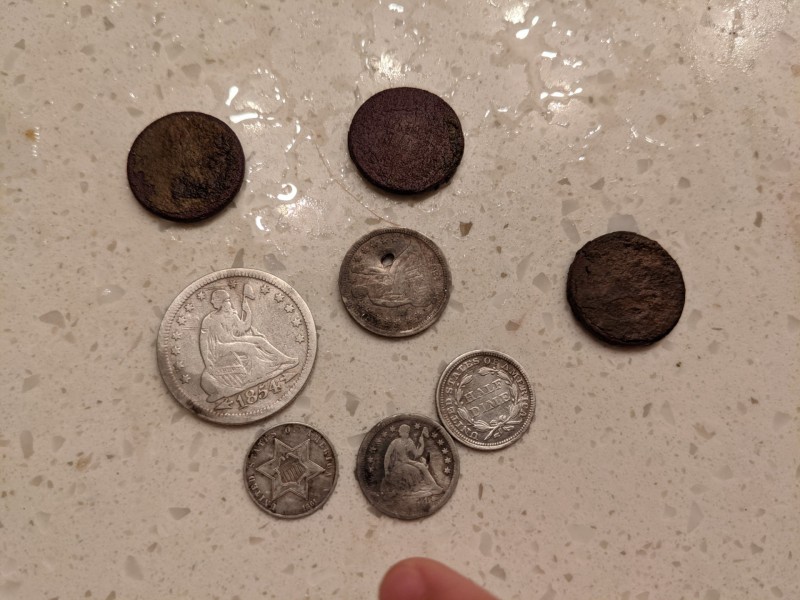

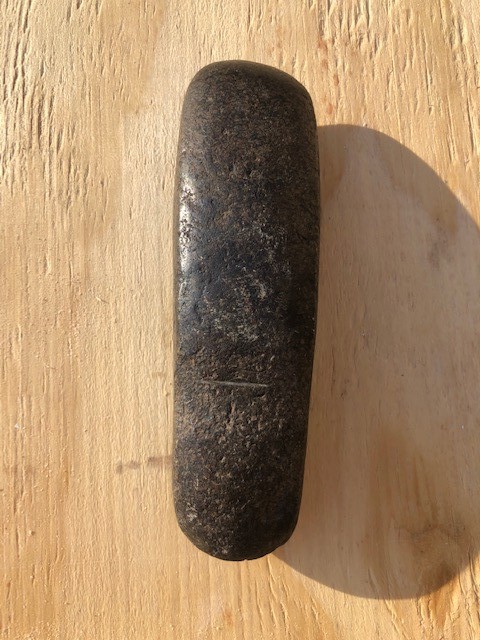
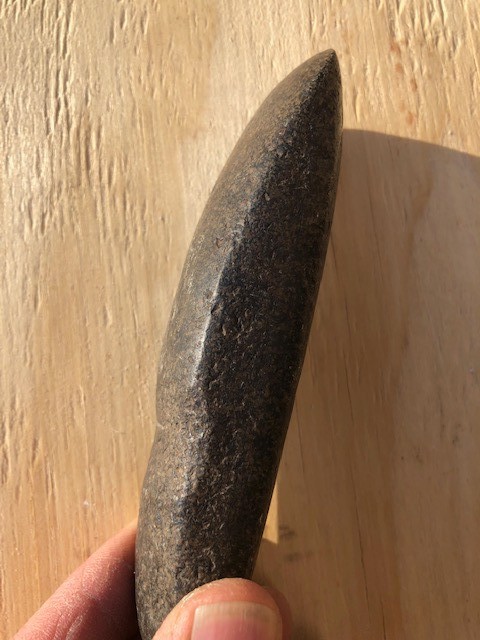
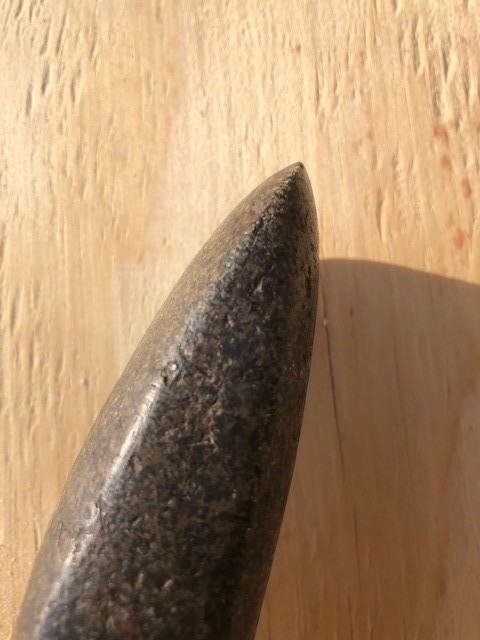
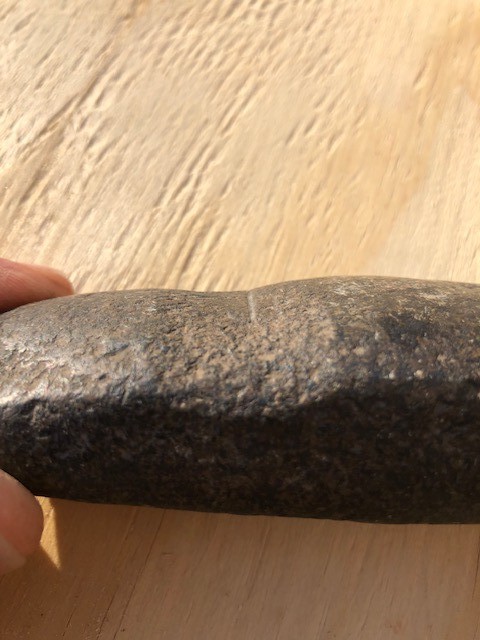
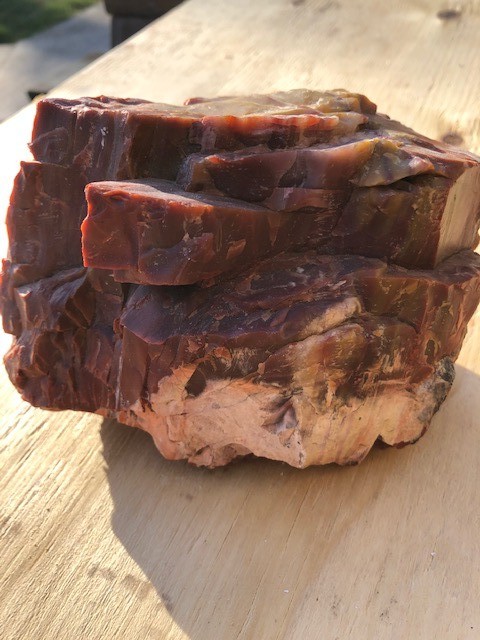
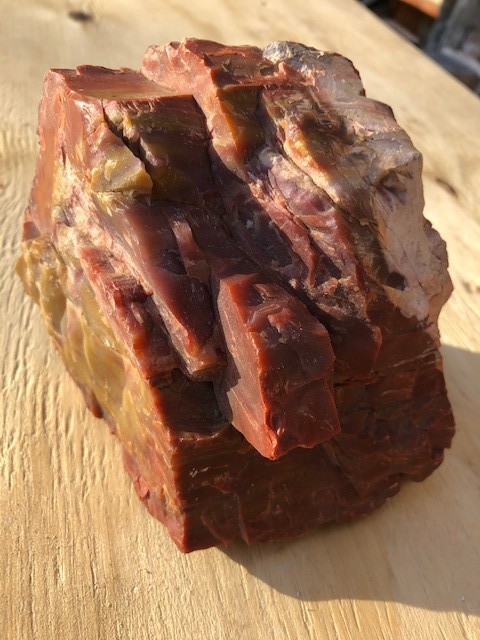
.jpg.f734ce92b7cee796a005709da5bae20f.jpg)
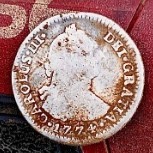


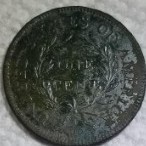
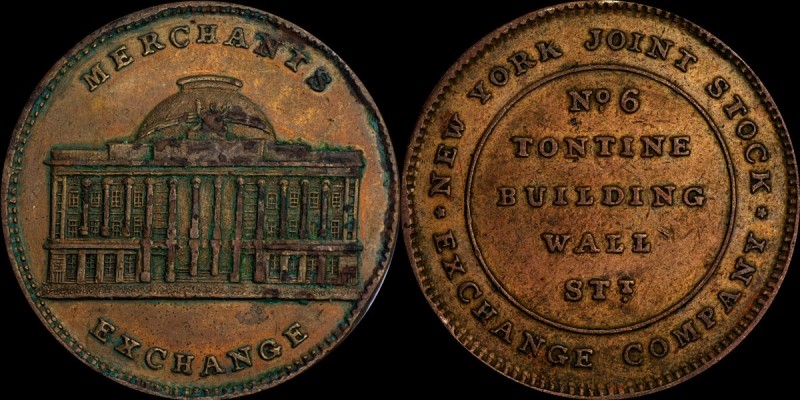
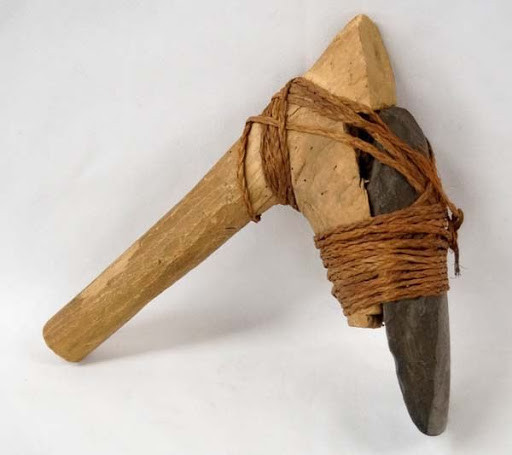
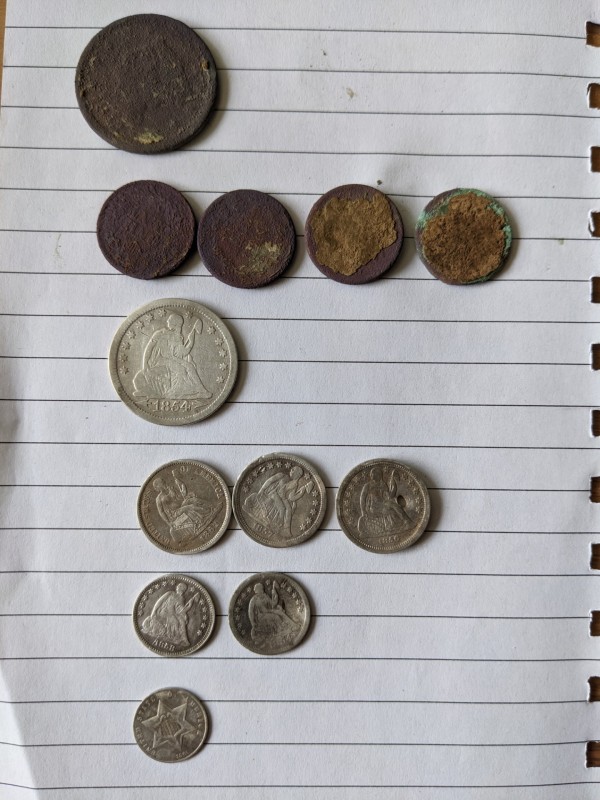


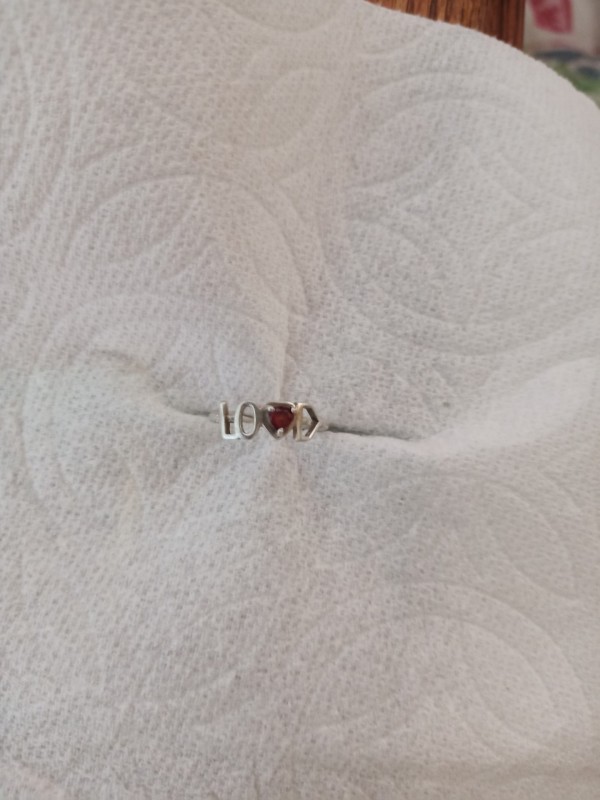

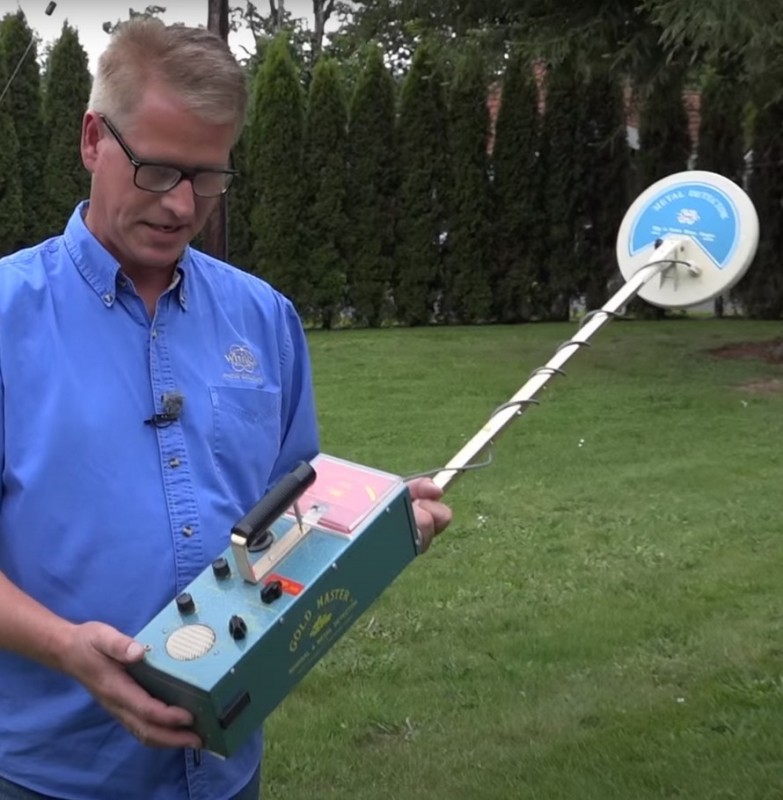

.thumb.jpg.91ba9de1023b943d1d95f537b51ceda5.jpg)
.thumb.jpg.d006ab2c877b6b601b78aece575fa945.jpg)
.thumb.jpg.7f59fe112c6201d6ed6c9d861e93da30.jpg)
.thumb.jpg.bdbe362972ec51b2d7a177225db1263e.jpg)